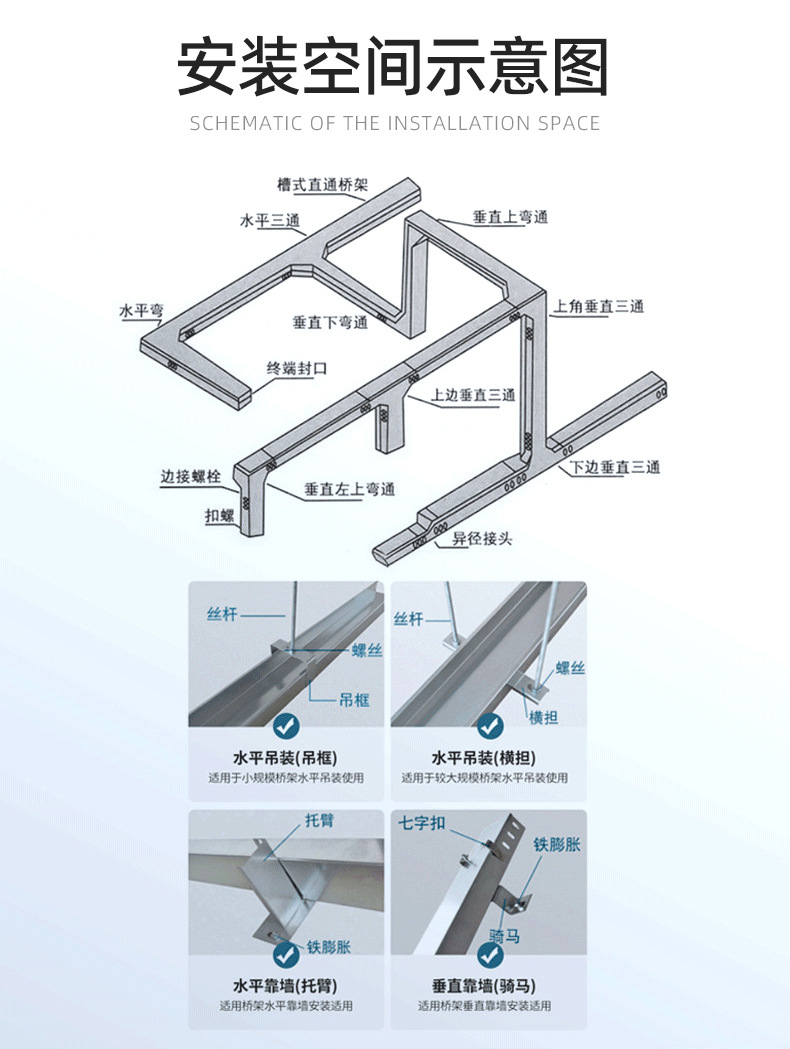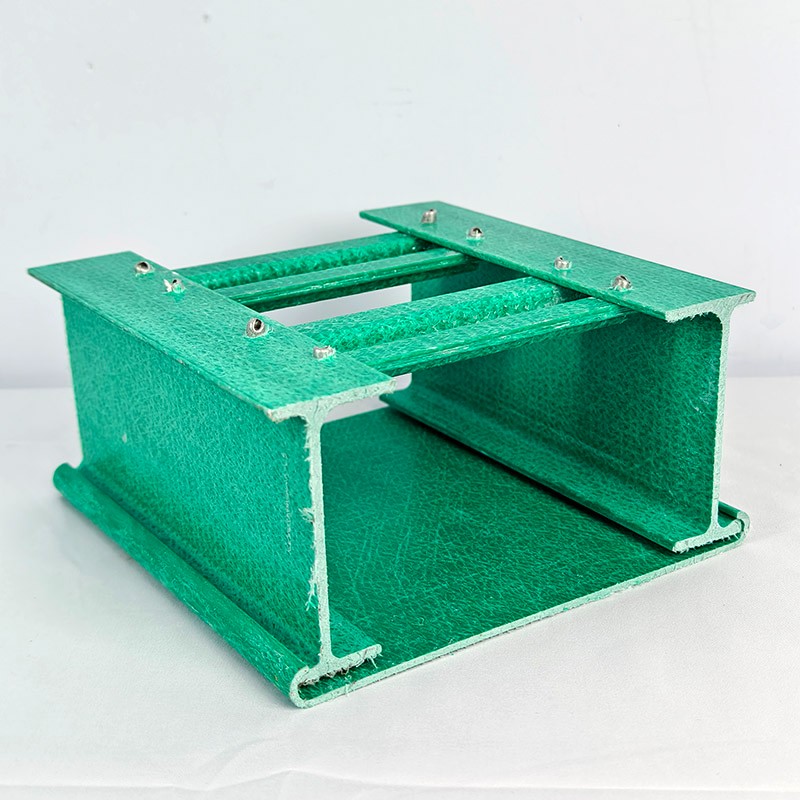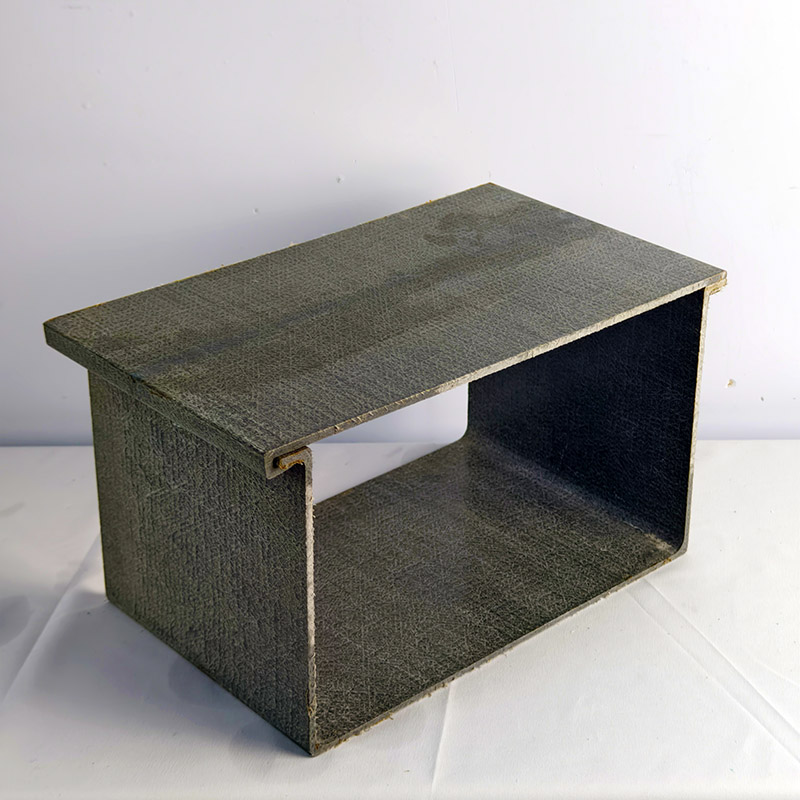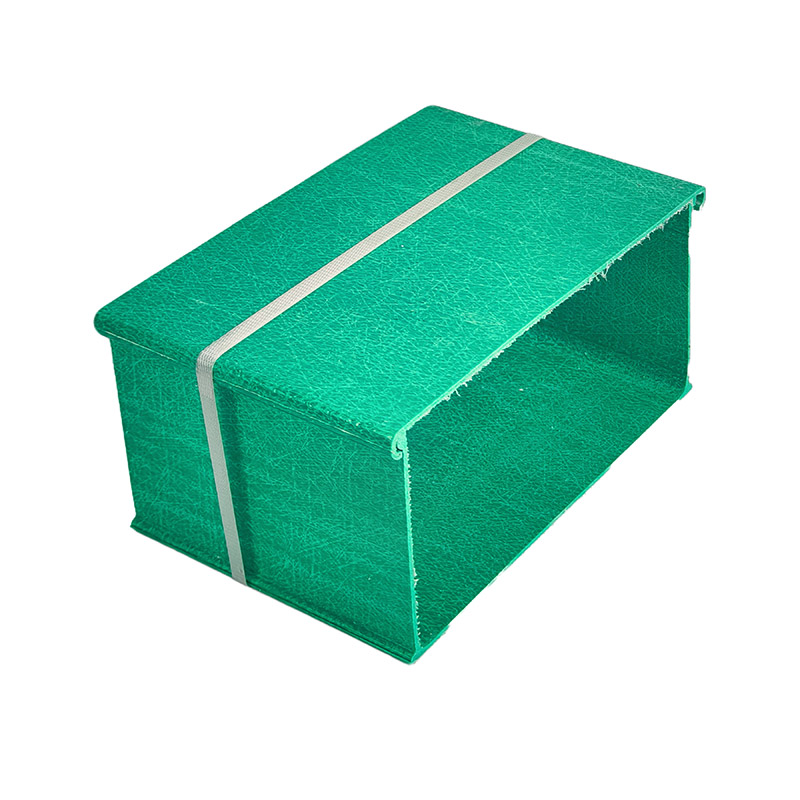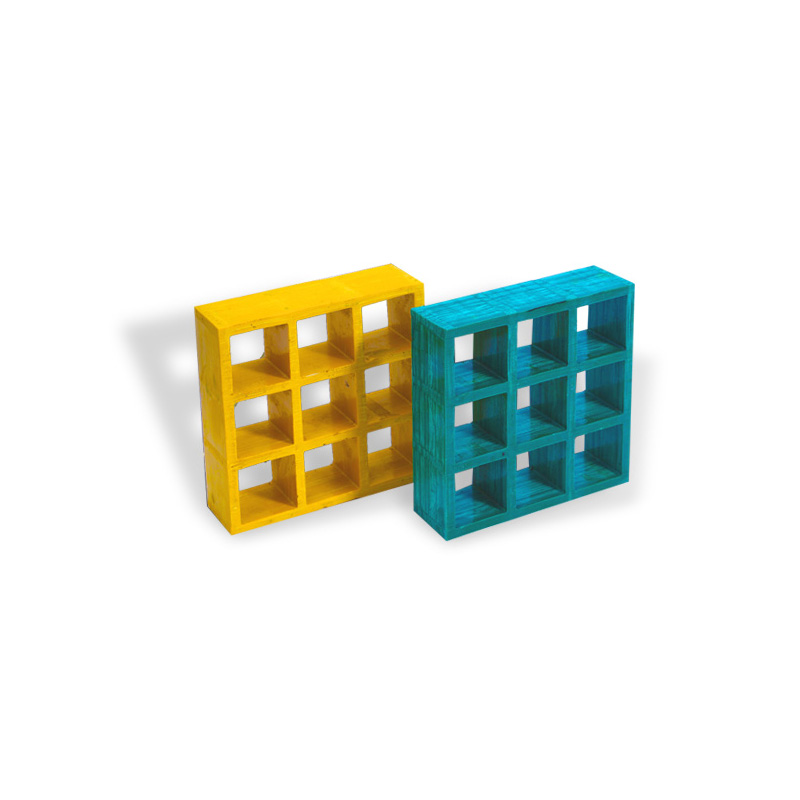What are the uses of fiberglass cable trays?
What are the uses of fiberglass cable trays?1、 Supporting cablesAccording to the characteristics of its own struc
What are the uses of fiberglass cable trays?
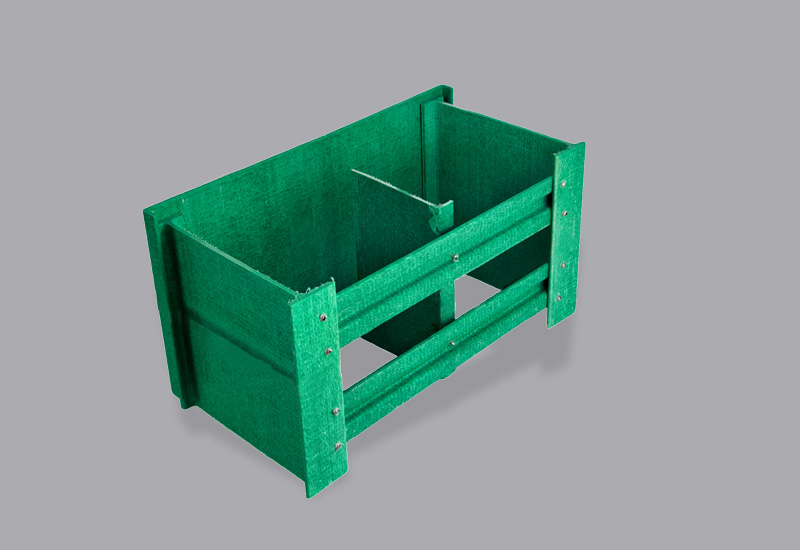

1、 Supporting cables
According to the characteristics of its own structural foundation, cable trunks connect cables to buildings that can be supported and fixed or to independent supporting cables, sometimes in caves, in the air, or on the ground. Supporting cables is its main function. Fiberglass cable trays can serve as frames for cables, so they can be laid throughout the entire project of cable trays. Most rigging has the characteristic of flexible structure, so it is not possible to complete the laying of rigging. At this point, the stiffness of the cable tray can be combined with it to ensure a good cable combination.
2、 Protecting cables
Cable TV is like blood. Its main function is to transmit various power and energy. In fact, it also includes information control and information transmission functions. Fiberglass cable trays are like the outer wall of blood vessels, isolating cables from the outside world. Cables can be wound, lifted, and suspended again, allowing them to better function under the protection of cable trays.
What we want to mention here is that fiberglass cable trays themselves are divided into many different types. For example, large-span cable trays can be used while laying power, effectively preventing relaxation caused by self weight. Cable relays can be used for communication, computers, and high sensitivity systems. It can provide protection in various corrosive environments or environments with significant interference. So we say that different material choices and structural forms can give cable trays different functions and provide various protective effects. Choose appropriate cable trays according to the region to meet the cable protection needs under different conditions and environments.
3、 Manage cables
By utilizing the characteristics of fiberglass cable trays to manage cables, it is possible to scientifically use and lay cables used in various energy and construction projects. In this way, spatial and structural design can achieve a reasonable state. This operation not only makes the structure simpler and more convenient, but also saves a lot of space. In addition to its beautiful layout, it can also facilitate maintenance, repair, and replacement in the later stage.
In fact, fiberglass cable trays themselves have certain characteristics, which makes them different from traditional cable trays. Different building facilities with centralized and multi-level management may have different functional requirements. So, we can also plan and design the distribution of cables reasonably, so that they are less affected by space and building equipment.
